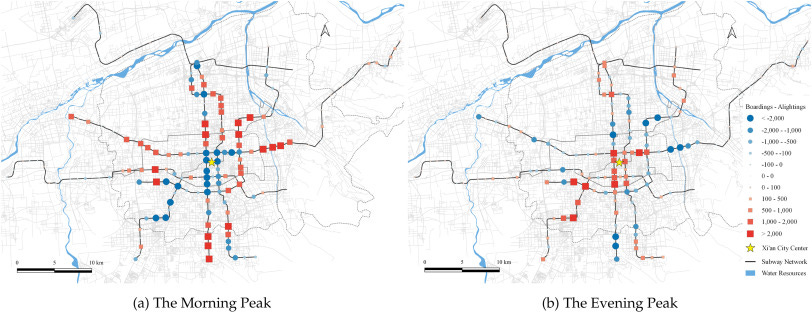How access and spatial dependency shape metro passenger flows
CUI, Mengying, Lijie YU, Shaoyu NIE, Zhe DAI, Ying-en GE, and Levinson, D. (2025) How access and spatial dependency shape metro passenger flows. Journal of Transport Geography. Volume 123, February 2025, 104069 [doi]
Spatial imbalances in metro ridership significantly reduce the overall efficiency of metro system. Understanding the factors that contribute to metro ridership is essential for developing targeted strategies to improve ridership equity and overall system performance. This study introduces novel spatial dependency indices based on spatial weight matrices and land-use function complementarity to explore how access and inter-station spatial dependency affect metro ridership, focusing on station-level boardings and alightings, as well as station-to-station flows. Using the data from the Xi'an Metro, the findings indicate that access to employment and residence from metro stations considerably enhances station-level boardings and alightings. Walking access emerges as a critical factor, especially in the context of station-to-station travel. Furthermore, the analysis reveals a complementarity feature within the metro system, where increases in boardings (alightings) at one station leads to a higher demand at others. Stations that serve areas with complementary land-use functions tend to attract more travel between them. These findings emphasize the critical role of access and spatial dependency in enhancing transit planning and system efficiency.


